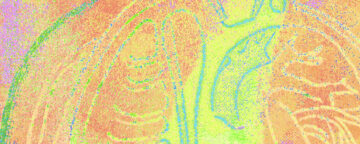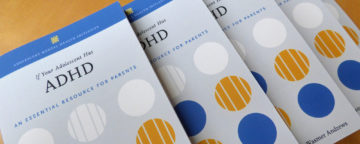The policy center's spring 2023 ASAPH report finds that women of childbearing age are more likely than other adults to doubt the safety of vaccination against Covid-19 and flu during pregnancy.


The policy center's spring 2023 ASAPH report finds that women of childbearing age are more likely than other adults to doubt the safety of vaccination against Covid-19 and flu during pregnancy.

FactCheck.org has released its list of the Whoppers of '22, its annual review of the year's worst political and viral deceptions. Political appeals to fear were as popular as ever -- and Covid-19 misinformation continued to be a huge problem online.

The "Guide for Understanding How to Protect Yourself and Your Community" from COVID-19 offers valuable information about the disease and its origin, transmission, virulence, prevention and treatments.

FactCheck.org and Univision Noticias have received funding from the Google News Initiative to produce fact checks about COVID-19 immunization misinformation as short bilingual video explainers.

The Annenberg Science Media Monitor analyzes how the news media have presented narratives about science, from discovery to identifying problems to the "problem explored."

In an ongoing series of articles, FactCheck.org debunks myths and rumors from social media sites and corrects misstatements by politicians and others about COVID-19 and the novel coronavirus.

In 2019, President Donald Trump again dominated the FactCheck.org "whoppers of the year" list of falsehoods and distortions on a variety of topics, including impeachment-related claims.

The Annenberg Public Policy Center has released two Science Media Monitor reports on how the media cover ethical questions on gene editing, and scientific retractions.

'If Your Adolescent Has ADHD,' a supportive guide for parents that uses evidence-based approaches to treatment, is the latest book in a series developed under APPC's guidance.

Speaking at Penn's 2018 "Teach-In," APPC research director Dan Romer discussed the connections between the entertainment and news media and gun violence, and the effects on young people.